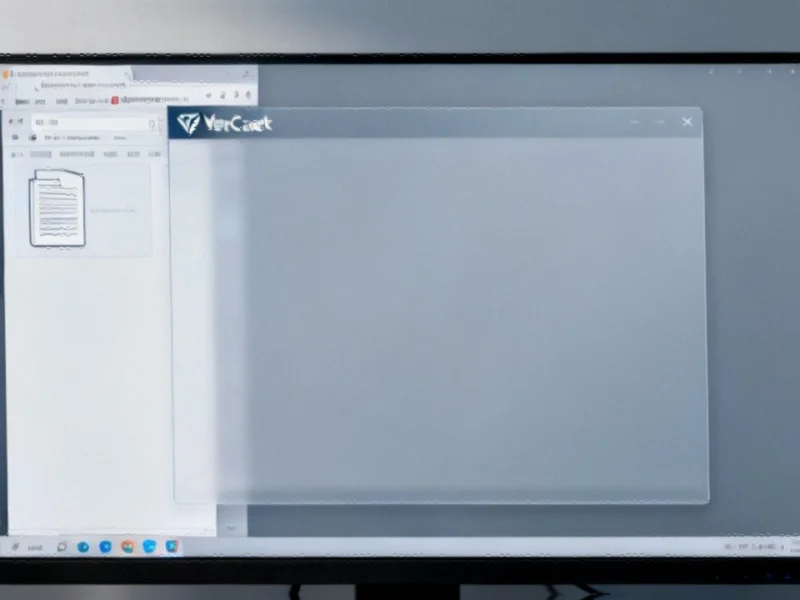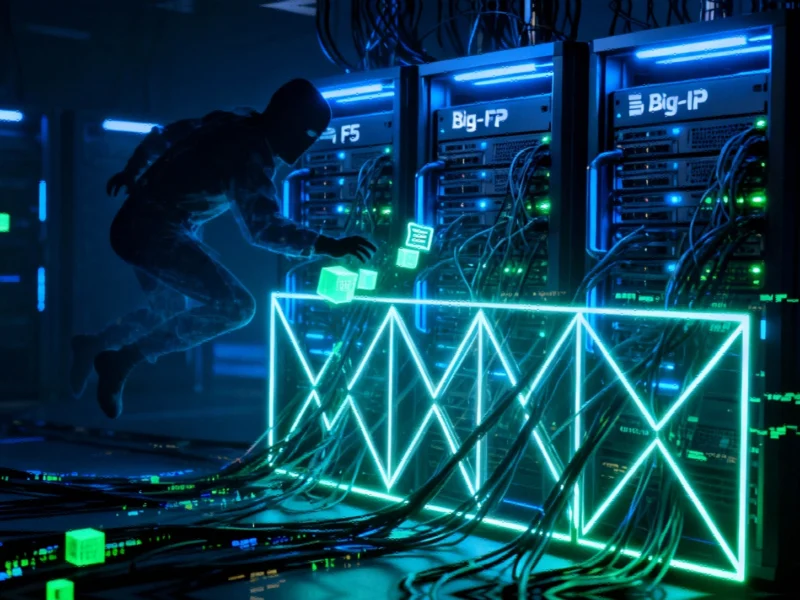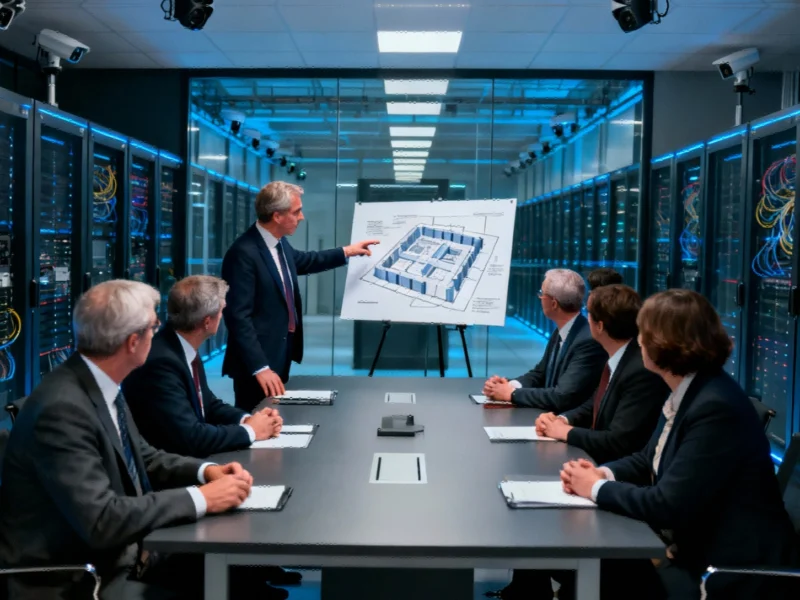The Privacy Challenge in Industrial Computing
As industrial computing systems become increasingly interconnected, the balance between functionality and data protection has never been more critical. The recent introduction of Windows Recall on Copilot PCs has sparked important conversations about privacy in industrial settings, where sensitive operational data and proprietary information require robust protection.
Microsoft’s Recall feature, which automatically captures and stores screen content at regular intervals, presents unique challenges for industrial facilities where confidentiality and security are paramount. While designed to enhance user productivity through searchable historical data, this continuous monitoring capability raises legitimate concerns about data exposure and corporate espionage in competitive industrial sectors.
Veracrypt’s Proactive Defense Mechanism
The latest update to Veracrypt encryption software (version 1.26.24) introduces a groundbreaking feature that directly addresses these privacy concerns. By default, the software now prevents any screenshot capture within its protected environment, returning only blank or background images to any attempted capture attempts.
This development represents a significant advancement in digital privacy protection, particularly for industrial organizations handling sensitive designs, proprietary manufacturing processes, or confidential client data. The implementation reflects growing awareness of privacy needs across the technology sector, as seen in recent encryption software innovations that prioritize user control over data visibility.
Implementation in Industrial Settings
For industrial PC users, activating Veracrypt’s screenshot protection is straightforward but requires careful consideration of operational needs. The protection can be disabled when necessary through the “Performance and Driver Options” in the Settings menu, where users can check “Disable protection against screenshots and screen recording.”
This flexibility is crucial in industrial environments where legitimate screenshot needs may arise for documentation, training, or troubleshooting purposes. However, the default protective stance ensures that sensitive information remains secure during normal operations, aligning with broader industrial security trends in critical manufacturing sectors.
Broader Implications for Industrial Security
The intersection of privacy software and industrial computing reflects larger geopolitical and economic considerations. As industrial organizations navigate complex international relationships, tools like Veracrypt’s screenshot protection become part of comprehensive security strategies that address both digital and physical threats.
This approach resonates with current strategic technology developments in European industrial policy, where data sovereignty and protection have become increasingly prioritized. Similarly, the emphasis on controlled data access mirrors concerns highlighted in regional economic integration discussions, where technology security plays a crucial role.
Operational Considerations and Best Practices
Industrial organizations implementing such privacy measures should consider:
- Policy Development: Establish clear guidelines for when screenshot protection should be enabled or disabled
- Workflow Integration: Ensure the technology complements rather than disrupts existing operational processes
- Staff Training: Educate personnel on both the functionality and importance of these privacy tools
- Regular Assessment: Continuously evaluate the effectiveness of privacy measures against evolving threats
These practices align with emerging industry standards for technology implementation in sensitive environments, where both functionality and security must be carefully balanced.
The Future of Industrial Data Protection
As industrial systems become more sophisticated, the relationship between functionality and privacy will continue to evolve. The proactive approach demonstrated by Veracrypt’s developers signals a growing recognition that privacy cannot be an afterthought in industrial computing environments.
This development occurs alongside other significant technology sector developments that reflect the complex interplay between innovation, security, and international cooperation. For industrial organizations, staying informed about these evolving protection mechanisms is essential for maintaining competitive advantage while safeguarding critical assets.
The conversation around tools like Windows Recall and protective measures from encryption software underscores a fundamental truth in modern industrial computing: in an era of increasing connectivity, conscious privacy protection is not just a feature but a necessity for sustainable operations and trust maintenance across the industrial ecosystem.
This article aggregates information from publicly available sources. All trademarks and copyrights belong to their respective owners.



